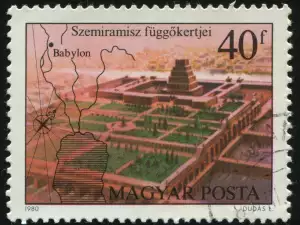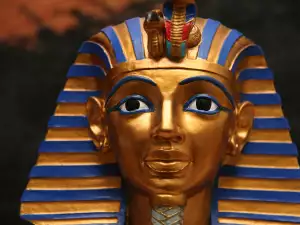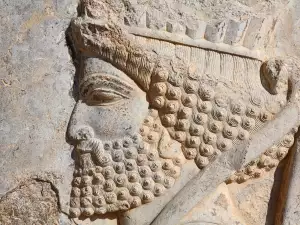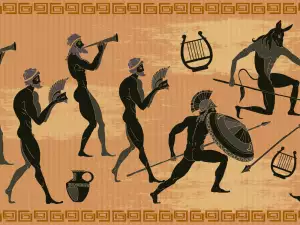One of the most important ancient Cities, Babylon and the culture of its inhabitants are still part of everyday life. Hardly ever have we thought about the origin of the duodecimal system clock, why the month has 4 weeks, or who has reached decisions on the calculation of the triangle... Yes, for all these, are responsible ancient Babylonians.
The ruins of this city were discovered in the early 20th century by Robert Koldevey, and his researchers. Then they found with bitterness, that all beauty and all wonders of this city have turned into piles of rubble, buried by sand and gray clay.
Thousands of years were needed for the destruction of Babylon. Vojtech Zamarovski, a historian, wrote that the wonderful city "died a natural death". After the Turks, came to pass the ancient prophet's words - "And Babylon shall become heaps of ruins... and in it will dwell only predators and scary monsters, " writes Zamarovski.
Indeed, today the area is desolate and deserted, and the lives of ancient ancestors languish in obscurity. Residents of surrounding villages considered Babylon only as easily accessible storage of building materials. They looted everything that can be seized. Striking example is Hill City, where close to a police station is a house, in which on blocks of unplastered walls, even today, you can see the stamp of Nebuchadnezzar. Even in the construction of the dam and canal between the Indian Euphrates instead of concrete were used bricks of Nebuchadnezzar.
But nevertheless, Babylon is not removed from the face of the Earth. Since it is not only ruins remain, not only it’s name left as a symbol of confusion, something has remained which is more important than all Babylon’s wonders of the world - its contribution to the treasury of universal human culture.
We do not even realize what is "Babylon in us". For example, how many times a day do I look at my watch, without thinking that its system is duodecimal Babylonian in origin.
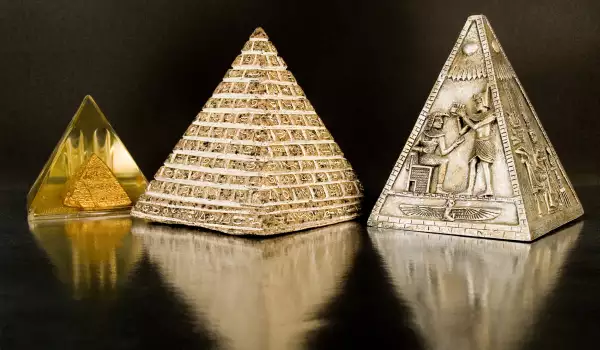
Furthermore, our week has seven days and the month - four weeks, because that time is divided by Babylonians.
Formulas of devising come from the Babylonians, and the calculation of the triangle and diamond. With these formulas we calculate the volume of a cube and cuboid diamond and the rectangular prism, the ordinary and truncated pyramid, the volume of the cone, etc. According to Zamarovski, long before Pythagoras (580-500 BC), Babylonians knew that the square of the hypotenuse of a right triangle equals the sum of the squares of the two legs. They knew how to raise a second degree, and even had tables with square root and the root of the third degree. These are just some of the achievements of the Babylonians.

